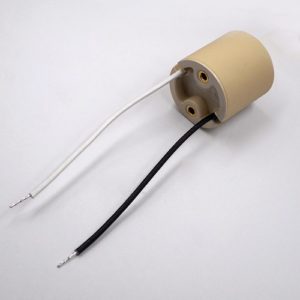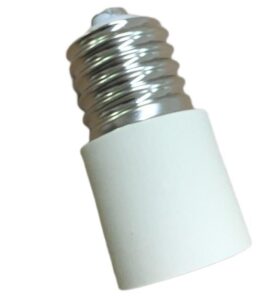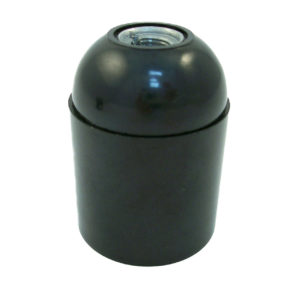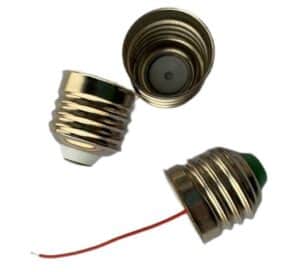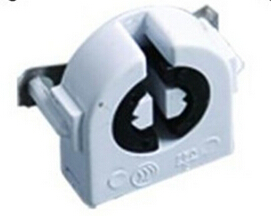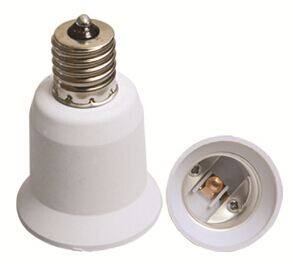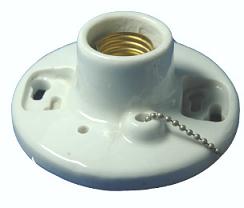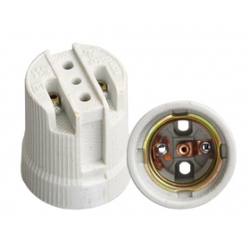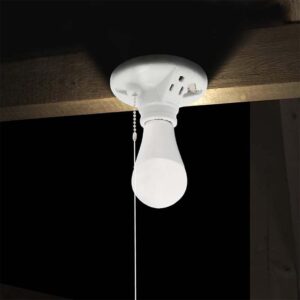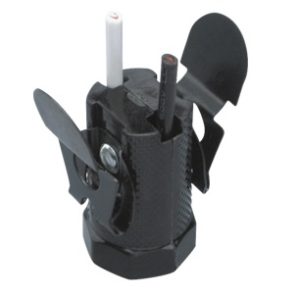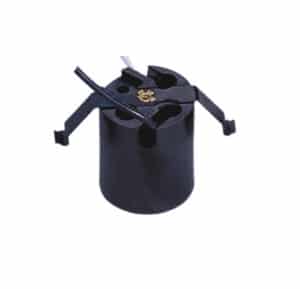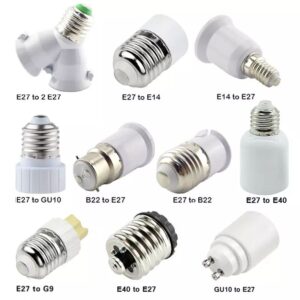Picking between Bakelite and plastic can be tough when choosing materials for electrical components. Choose the wrong material and you can have performance and safety issues. Let’s look at the differences between Bakelite and plastic.
Bakelite is a type of thermosetting plastic that’s good at handling heat and is rigid. Regular plastics are more flexible and are usually thermoplastics.
Let’s look at the differences between Bakelite and plastic so you can make informed decisions on material selection.
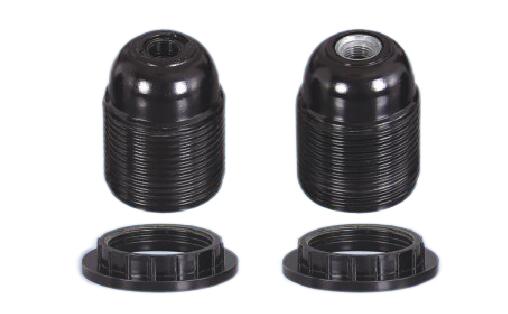
What is Bakelite?
Bakelite is a type of thermosetting plastic, made by combining phenol with formaldehyde under heat and pressure. It was the first synthetic plastic, invented in 1907, and is known for its durability, heat resistance, and non-conductive properties. This makes Bakelite an ideal material for electrical components like switches, lamp sockets, and lamp holders.
Unlike thermoplastics, once Bakelite is set, it cannot be reshaped or melted again. Its rigid structure makes it resistant to wear and tear, making it valuable for industrial and electrical applications where safety and heat resistance are paramount.
What is Plastic?
Plastics refer to a broad category of materials, typically made from petrochemicals. Most plastics are thermoplastics, meaning they can be melted and reshaped multiple times. These plastics are lightweight, flexible, and come in a wide range of forms, making them versatile for various industries, from packaging to household goods.
Plastics can be recycled, unlike Bakelite, making them more environmentally friendly in terms of reuse. However, their heat resistance and rigidity are often inferior to that of Bakelite, especially in high-temperature environments.
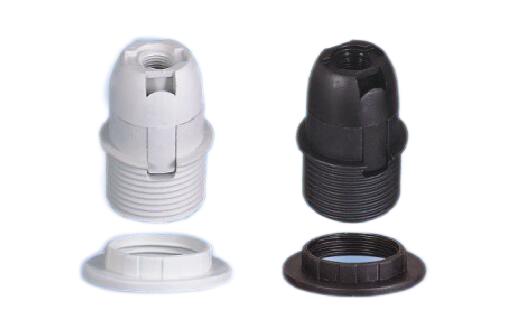
Durability and Heat Resistance
One of the main advantages of Bakelite over plastic is its superior heat resistance. Bakelite does not melt or soften when exposed to high temperatures, making it an excellent material for high-heat environments like electrical sockets and automotive parts. It remains stable and safe even under continuous exposure to heat.
Plastics, on the other hand, can soften or even melt when exposed to heat. This makes them unsuitable for applications involving high temperatures or electrical components that generate heat. Thermoplastics, in particular, are not recommended for use in environments where heat exposure is constant or extreme.
Electrical Insulation Properties
Bakelite is widely known for its excellent electrical insulation properties, which is why it is commonly used in electrical components. It does not conduct electricity, ensuring safety in electrical applications like lamp holders, switches, and circuit boards.
While some plastics also have good electrical insulation properties, they typically lack Bakelite’s heat resistance. In high-temperature electrical environments, plastic components may fail, whereas Bakelite continues to provide both heat resistance and electrical safety.
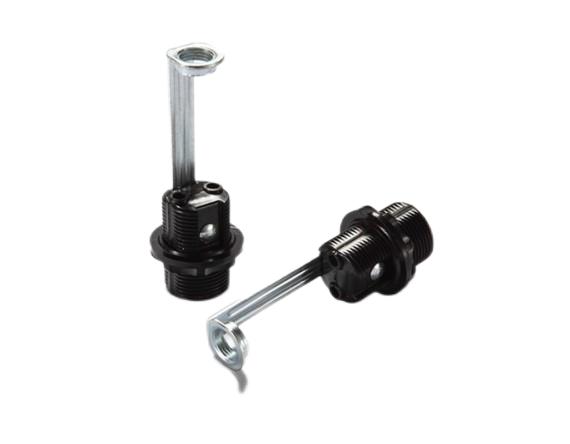
Weight and Flexibility
Plastics are generally lighter and more flexible than Bakelite. This flexibility allows plastics to be molded into a variety of shapes and used for a wide range of applications, including household products, toys, and packaging.
Bakelite, by contrast, is rigid and brittle. While this rigidity contributes to its durability in electrical and industrial applications, it limits its use in products that require flexibility. This makes plastic the preferred material for applications where lightness and flexibility are important.
Manufacturing Process
Bakelite is a thermosetting plastic, which means it is set in a permanent shape during the manufacturing process and cannot be re-melted or reshaped. This process involves combining phenol and formaldehyde under heat and pressure, creating a hard, durable product. Once cured, Bakelite is highly heat-resistant but cannot be recycled or reshaped.
In contrast, most plastics are thermoplastics, which can be melted and reshaped multiple times. This makes plastics easier to work with in manufacturing, as they can be reused and recycled. This recyclability and flexibility in manufacturing give plastics a significant advantage in terms of environmental impact and cost.
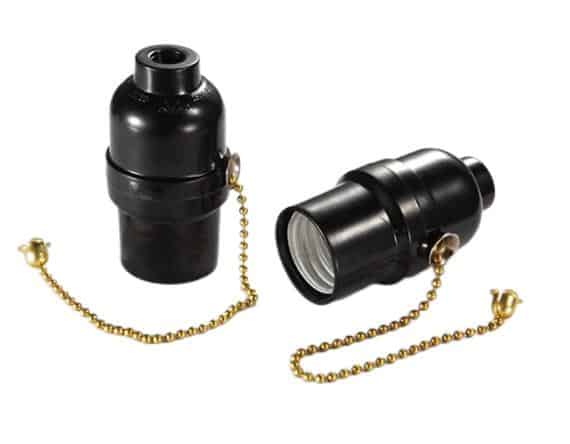
Cost and Availability
Bakelite is more expensive to produce than plastic due to its complex manufacturing process and non-recyclable nature. Its use is typically reserved for high-temperature applications or products where durability and heat resistance are critical, such as electrical components and vintage items.
Plastics, on the other hand, are cheaper and easier to mass-produce. Their versatility allows them to be used in a wide range of products, from everyday household items to industrial components. As a result, plastic is much more widely available and cost-effective than Bakelite for general use.
Applications of Bakelite vs. Plastic
Bakelite’s applications are mostly focused on high-temperature and electrical uses, such as in switches, lamp holders, and automotive parts. Its ability to withstand heat and its insulating properties make it the material of choice in environments where safety and durability are key.
Plastics, on the other hand, are used across many industries, including packaging, household products, toys, and automotive components. While plastics are not suitable for high-heat environments like Bakelite, their flexibility, lightweight nature, and lower cost make them the preferred choice for many non-electrical applications.
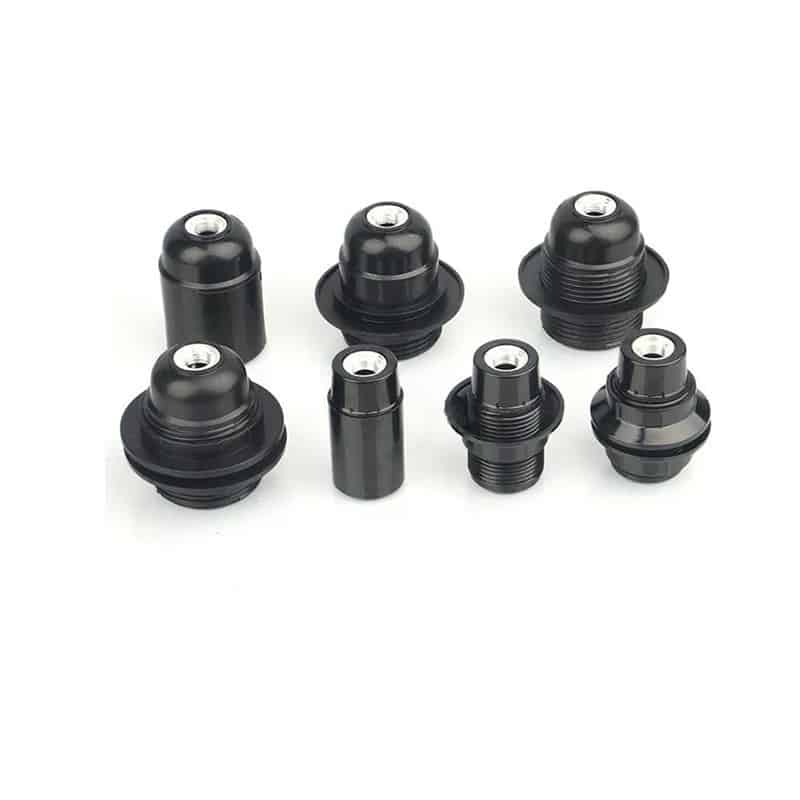
Sustainability and Environmental Impact
Bakelite’s thermosetting properties make it non-recyclable, which is a significant environmental drawback. Once a Bakelite product reaches the end of its life, it is typically discarded in landfills, contributing to environmental waste. This lack of recyclability makes Bakelite less sustainable compared to other materials.
Many plastics, on the other hand, are recyclable, particularly thermoplastics. This gives plastics an environmental advantage in terms of reusability and sustainability. However, plastic pollution remains a major issue, as many plastic products are not recycled properly and contribute to environmental degradation.
How to Identify Bakelite vs. Plastic
There are several ways to distinguish Bakelite from plastic. One common method is the “hot water test.” When Bakelite is placed in hot water, it emits a formaldehyde-like odor due to the chemical composition. Plastics do not release this smell when heated.
Another method is by touch and sound. Bakelite feels solid and heavy, whereas plastic is typically lighter. When tapped, Bakelite produces a distinctive sound compared to the hollow sound of plastic. These simple tests can help identify Bakelite, especially in vintage or antique products.

Final Words:
Bakelite is the go-to material for heat resistance and durability, which is why it’s used in electrical applications. Plastic’s versatility and lower cost make it suitable for a wide range of other uses.

